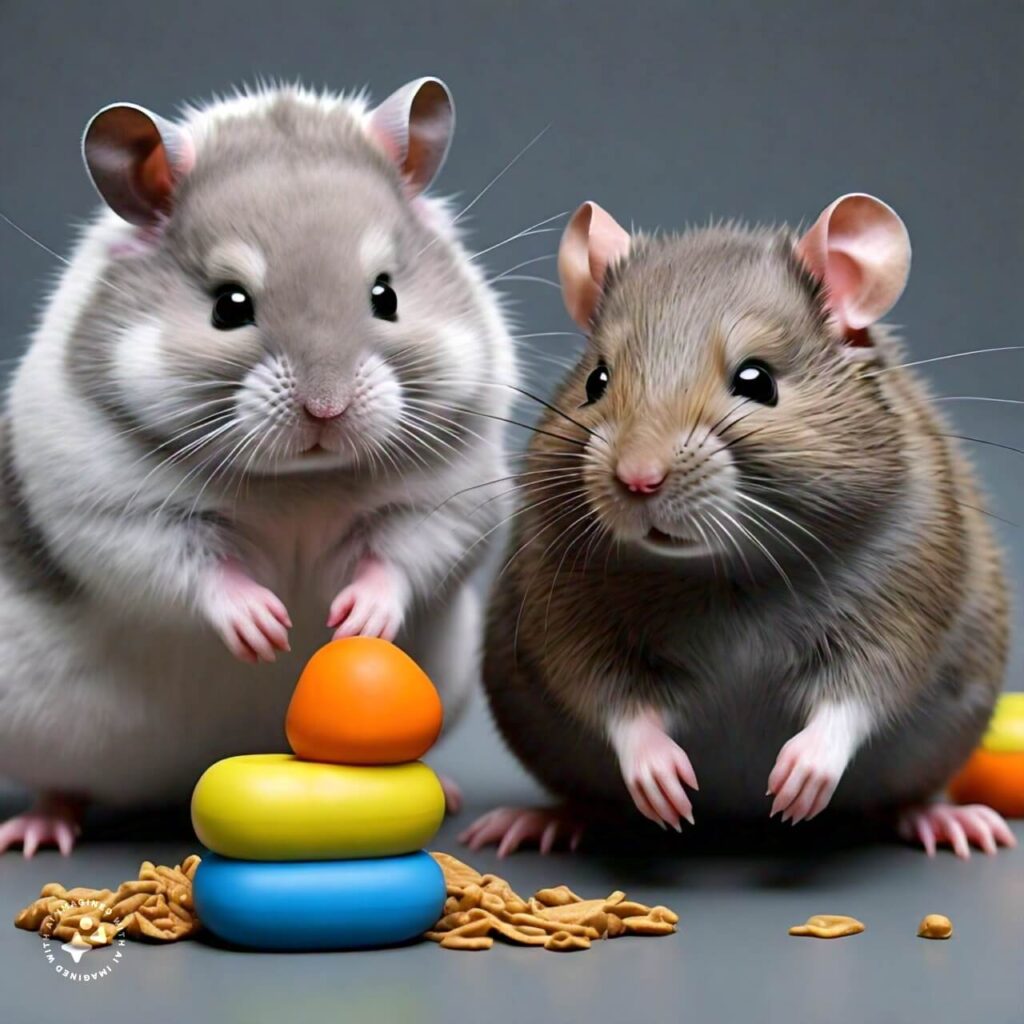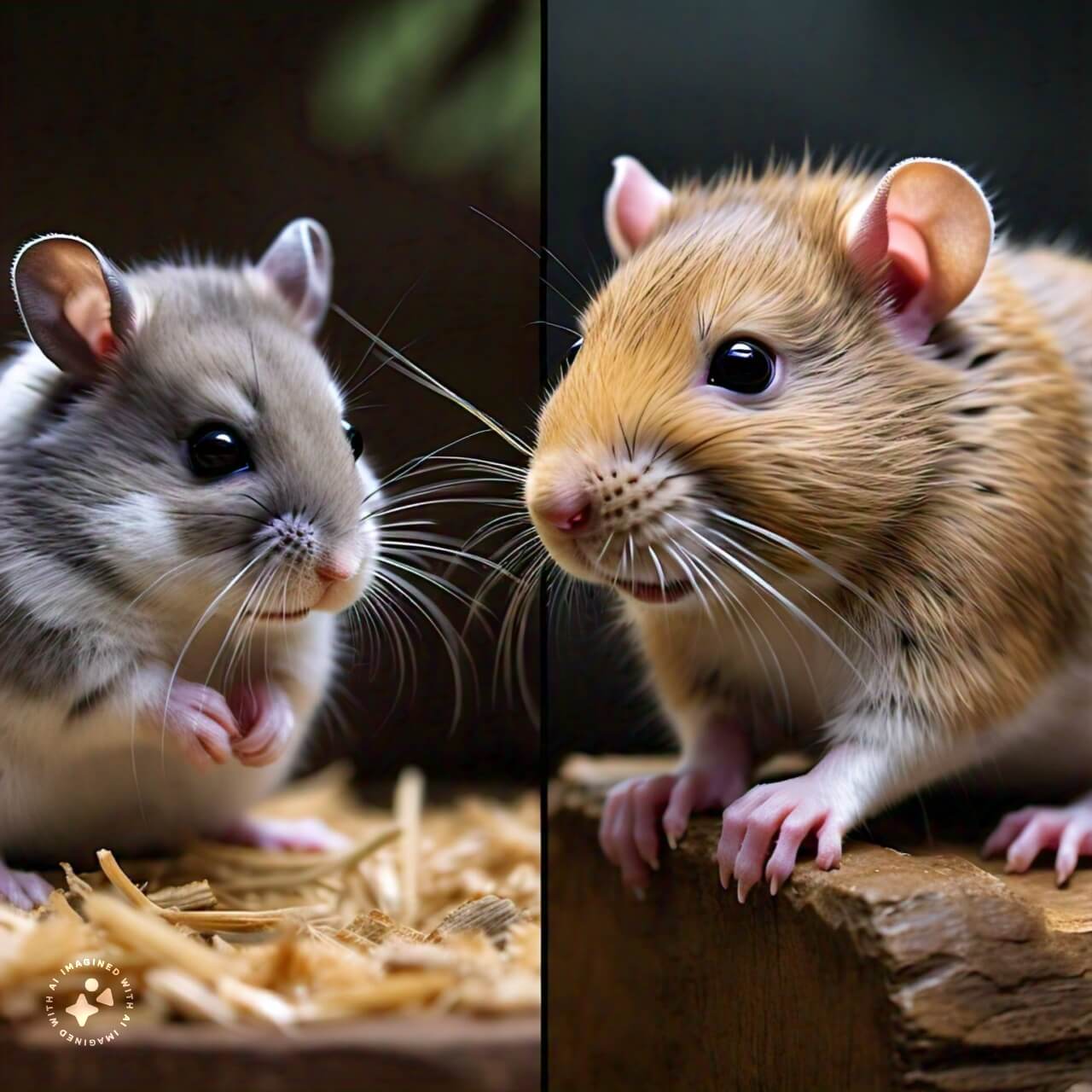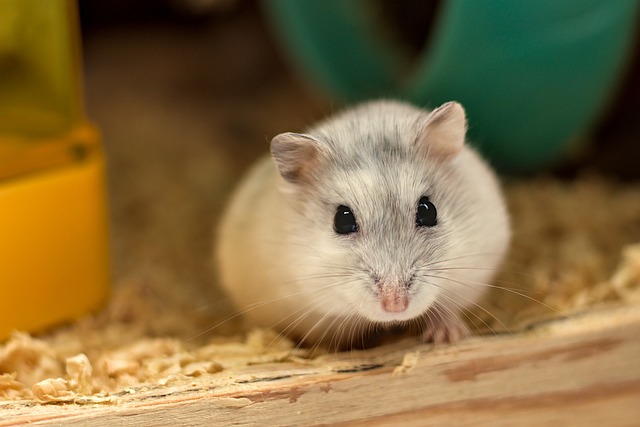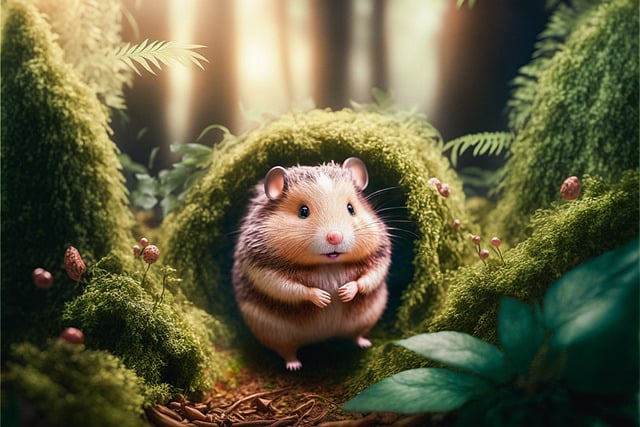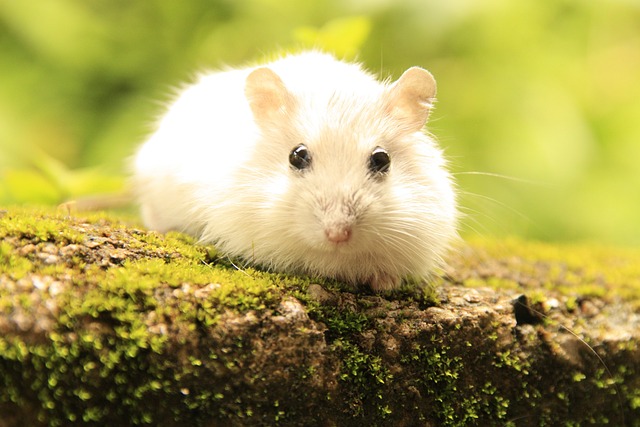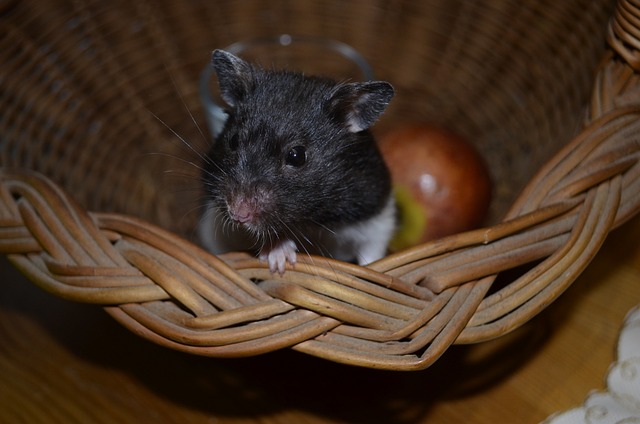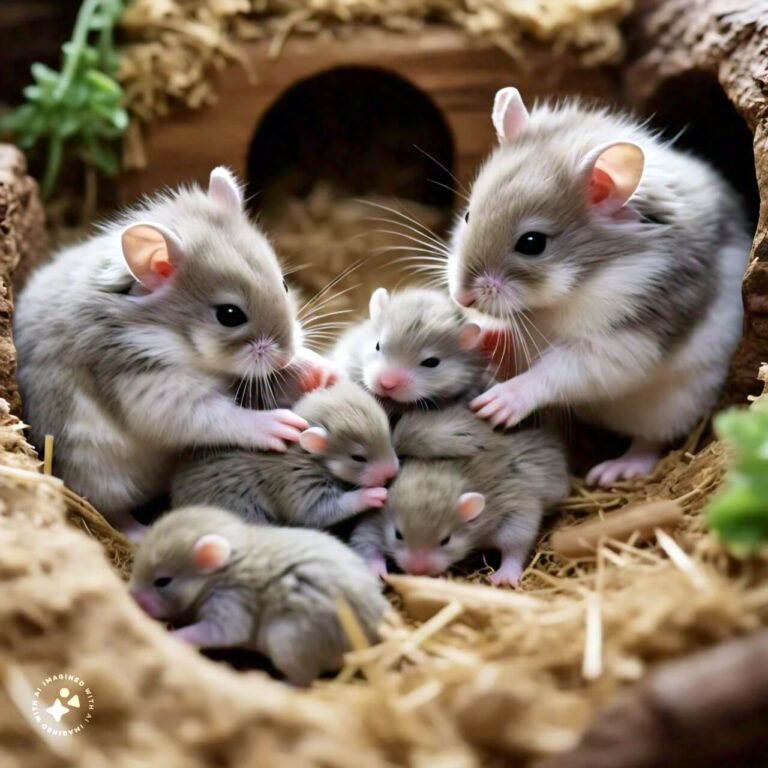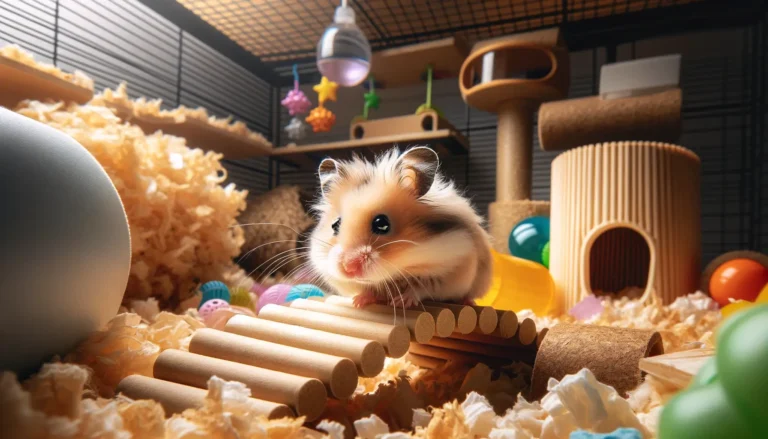How Are Hamsters Different From Rats – hamsters.pk
Physical Appearance: Size, Color, and Characteristics
When distinguishing between hamsters and rats, their physical appearance provides several clear indicators. Despite both being popular pets, these small mammals show noticeable differences in size, color, and physical characteristics that help in identifying them accurately.
Size Differences
Hamsters are generally smaller compared to rats, with their body length typically ranging from 2 to 6 inches, depending on the species. The Syrian hamster, one of the most common pet breeds, can grow up to 7 inches. Conversely, rats are larger, with body lengths of 9 to 11 inches, not including their tail.
Color Variations
Both hamsters and rats display a variety of colors, but there are some differences in common shades and patterns. Hamsters are often found in shades of white, grey, brown, and black, and sometimes a combination that includes spots or stripes. Dwarf hamsters, for instance, often have a distinctive gray-brown back with a darker stripe along the spine and a paler belly.
In contrast, rats usually exhibit less variety in color, commonly seen in white, black, brown, or agouti (a mix of dark and light gray, resembling the wild rat’s natural coloration). Fancy rats, a subset of domestic rats, may show more varied and vibrant color patterns similar to those of hamsters.
Distinctive Characteristics
The most striking physical features also vary between these two rodents. Hamsters have shorter tails that are less than a quarter of their body length, stocky bodies, and broad feet with stout legs. They are adapted for digging, with cheek pouches allowing them to carry food and bedding materials.
Rats, on the other hand, are recognized by their long, thin tails, which can be as long as their bodies. They have a more elongated physique and longer legs than hamsters, which makes them agile climbers. Rats also have a more pronounced snout and larger ears relative to their head size, enhancing their sensory capabilities.
Understanding these physical distinctions not only aids potential pet owners in making informed choices but also enriches our appreciation for the unique traits and adaptations of these fascinating small mammals. Whether you choose a hamster or a rat, recognizing their differences is crucial for providing proper care and creating a suitable environment for them to thrive.
Behavioral Traits: Social Dynamics and Habits
When exploring the fascinating world of small mammals, particularly hamsters and rats, understanding their behavioral traits, social dynamics, and habits offers insight into how uniquely these creatures navigate their environments and interact with each other and humans. Both animals make popular pets, but their behaviors and social needs can differ significantly, influencing how they should be cared for and what pet owners can expect from their furry friends.
Social Structures and Group Behavior
Hamsters are often perceived as solitary creatures. In the wild, Syrian hamsters are notably territorial and prefer to live alone. They can become aggressive toward other hamsters, especially when confined in small spaces. On the other hand, Dwarf hamsters might coexist more peacefully, especially if raised together from a young age.
Rats, in stark contrast, are highly social animals. They thrive in close-knit groups and exhibit complex social behaviors such as grooming each other, playing, and sleeping piled together. This need for social interaction means that rats are happiest when they have the companionship of at least one other rat, which can help prevent loneliness and stimulate mental health.
Communication Habits
Understanding how these animals communicate is essential for interpreting their needs and moods. Hamsters communicate primarily through body language and scent marking. They might hiss, squeak, or grunt in response to threats or during mating rituals. However, these vocalizations are generally less varied than those of rats.
Rats are more vocally expressive, using a range of sounds to communicate different emotions, from contentment to distress. They produce ultrasonic sounds that humans can’t hear without special equipment, which are crucial for social interactions and mating communications.
Daily Activity Cycles
Another aspect where hamsters and rats differ greatly is in their daily activity cycles. Hamsters are nocturnal, which means they are most active during the night. During the day, they prefer to rest and are less active, which can sometimes clash with the typical human schedule.
Rats are generally considered nocturnal as well, but they can be more adaptable and may adjust their active periods to match those of their human companions. Rats are known for their curiosity and playfulness during their active times, often engaging in various activities that stimulate their intelligence.
Interaction With Humans
When it comes to interacting with humans, both animals can bond with their owners, but the nature of this interaction varies. Hamsters, while they can be handled and may enjoy human interaction to some extent, generally require a gentle approach and may take time to get comfortable with handling.
Rats are often more immediately sociable and can form strong bonds with their owners. They enjoy and actively seek out interaction, such as playing and even learning tricks. Rats can respond to their names and are capable of a higher level of interaction with humans compared to hamsters.
Conclusion
Both hamsters and rats offer unique experiences as pets, with their distinct social behaviors and habits. Potential and current pet owners should consider these differences when choosing which animal would best fit into their lifestyle. By understanding these behavioral traits, owners can ensure they provide a nurturing environment that respects the natural tendencies of these fascinating creatures.
Habitat and Living Conditions: Preferences in Captivity
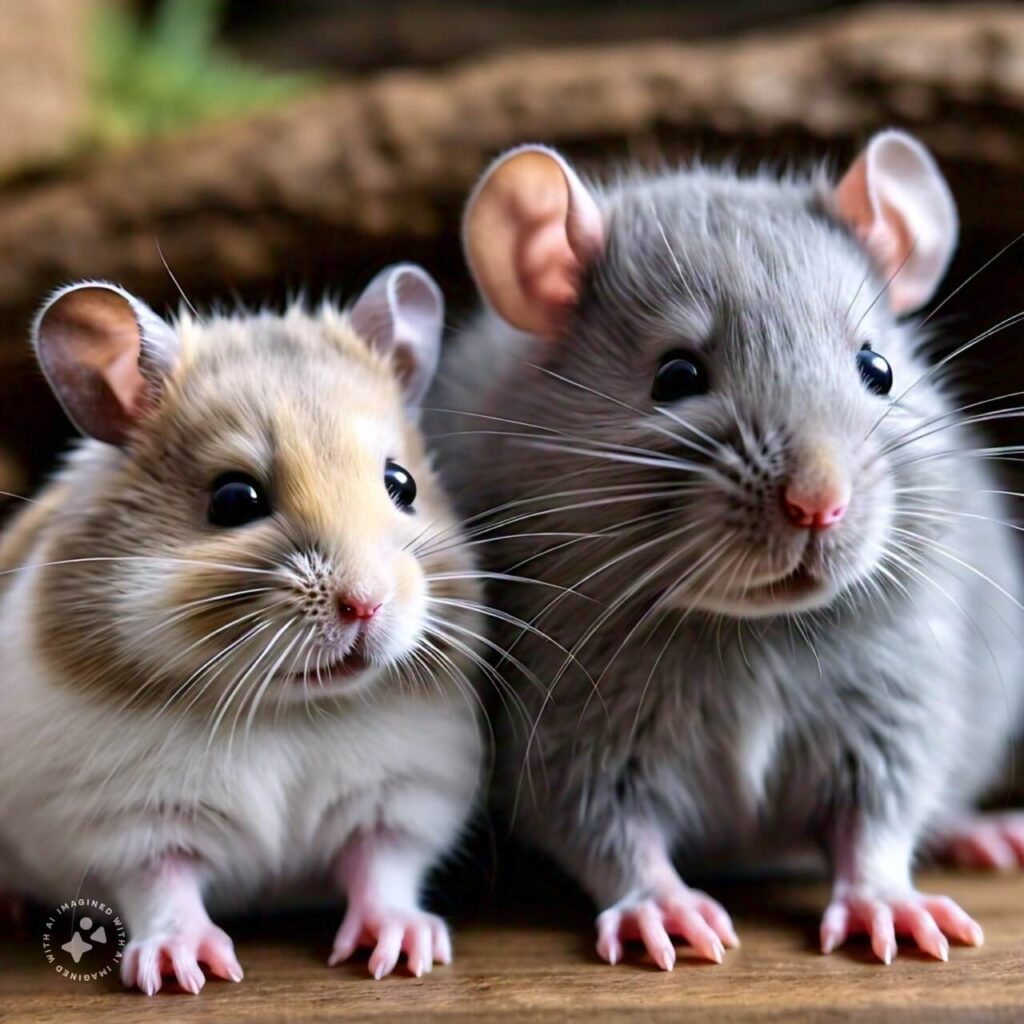
Introduction
When it comes to providing a comfortable and suitable environment for small pets in captivity, understanding their specific needs is crucial. This segment focuses on the distinct requirements for the habitats and living conditions of pets, particularly highlighting the essential elements that contribute to their health and happiness.
Optimal Cage Size and Design
The size and design of a cage are fundamental to ensuring that pets have enough space to move, play, and rest. Large cages are preferred as they provide ample room for exercise and exploration, which is vital for the pet’s physical and mental well-being. Additionally, the design should include various interactive elements such as tunnels, wheels, and hideouts to mimic their natural environment and encourage natural behaviors.
Substrate and Bedding Materials
Choosing the right substrate and bedding is crucial for the comfort and health of pets. Materials such as paper-based bedding or aspen shavings are recommended because they are safe and absorbent. It is important to avoid cedar or pine shavings, as they can cause respiratory or liver problems. The bedding should be changed regularly to maintain hygiene and prevent the development of bacteria or parasites.
Temperature and Lighting
Maintaining an appropriate temperature and lighting setup is essential for creating a comfortable habitat. The ideal temperature range for most small pets lies between 65 to 75 degrees Fahrenheit. Moreover, natural light patterns should be mimicked if possible, but direct sunlight should be avoided to prevent overheating.
Nutrition and Water
A balanced diet specific to each species and constant access to fresh water are indispensable for their health. Nutritional needs can vary significantly between different types of pets, so it’s important to research and provide a diet that meets all their dietary requirements. Water bottles should be checked daily to ensure they are functioning properly and are clean.
Social Interaction and Enrichment
Many small pets are social creatures and benefit greatly from interaction, either with humans or with other animals of their species. Social enrichment can help prevent behavioral issues and depression. Additionally, providing toys and regularly changing the environment within the cage can help keep them engaged and curious.
Conclusion
Creating an optimal living environment in captivity requires attention to detail and an understanding of a pet’s natural habits and preferences. By focusing on proper cage size, suitable substrates, correct temperature, adequate nutrition, and social needs, owners can ensure their pets lead happy and healthy lives under their care.
Health and Lifespan: Key Differences in Care Needs
When considering adopting a small pet, understanding the differences in their health and lifespan is crucial to providing the best care. Both hamsters and rats make adorable pets, but their needs differ significantly due to their physiological and genetic differences.
The Lifespan of Hamsters and Rats
Hamsters generally have a shorter lifespan compared to rats. Typically, a hamster lives for about 2 to 3 years, while rats can live up to 2 to 5 years. This difference in lifespan can influence how long-term pet owners plan their care and the commitment they are willing to make.
Dietary Requirements
The dietary needs of hamsters and rats are distinctly different due to their diverse digestive systems. Hamsters are omnivores but lean more towards a diet rich in grains, vegetables, and occasional protein like mealworms or boiled eggs. They require a low-fat diet and are prone to diabetes, especially the Campbell’s dwarf species.
Rats, on the other hand, are true omnivores and require a more varied diet that includes a higher protein content. They can eat a range of vegetables, fruits, grains, and lean proteins. Rats also benefit from nutritional supplements and a constant supply of fresh water, as they are more active and have higher metabolic rates.
Exercise and Environmental Stimulation
Exercise is vital for both species, but the type and amount differ greatly. Hamsters require a wheel in their cage as they are nocturnal and do most of their running at night. They tend to be more solitary and can get stressed if housed with other hamsters.
Rats are highly intelligent and social animals. They thrive in environments that provide mental stimulation and physical exercise. This includes having space to climb, explore, and socialize with other rats. Providing a cage with multiple levels and enrichment toys can help maintain their mental and physical health.
Health Monitoring and Veterinary Care
Monitoring the health of hamsters and rats is essential as both can hide illnesses well. Hamsters are prone to respiratory issues and tumors, so it’s important to observe any changes in their eating, sleeping, or bathroom habits.
Rats require regular veterinary check-ups as they are susceptible to respiratory illnesses and require vaccinations to prevent common diseases. Their teeth continuously grow, so they need hard foods to chew on to prevent dental problems.
Conclusion
Understanding these key differences in care requirements is essential for prospective pet owners. By catering to their specific health, dietary, and environmental needs, owners can ensure a fulfilling and healthy life for their hamsters or rats, respectively. This commitment to proper care will not only prolong their lives but also enhance the quality of their daily existence.
